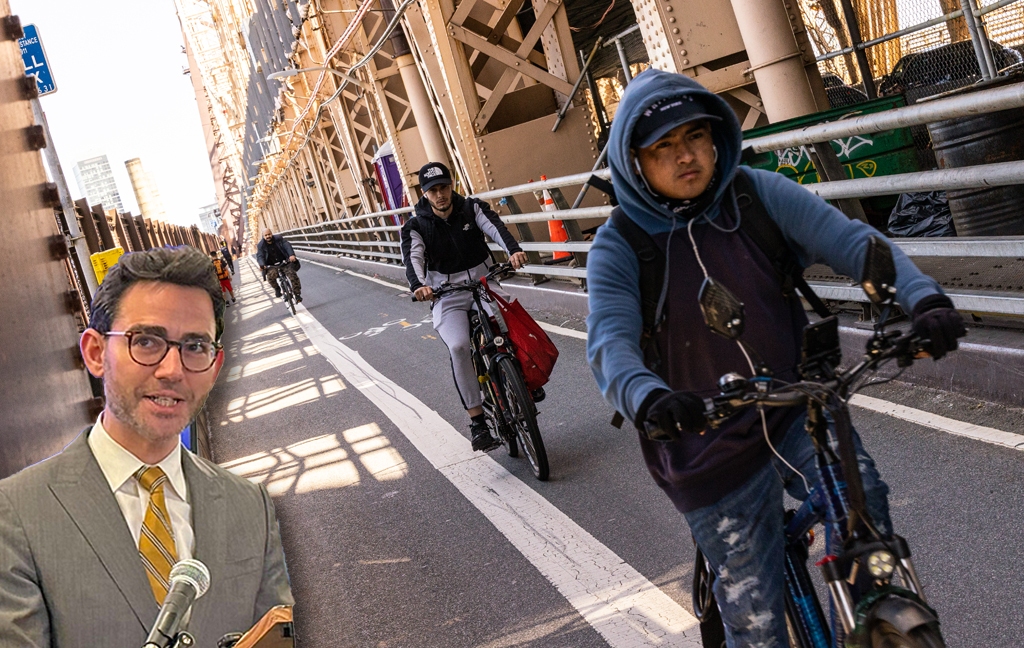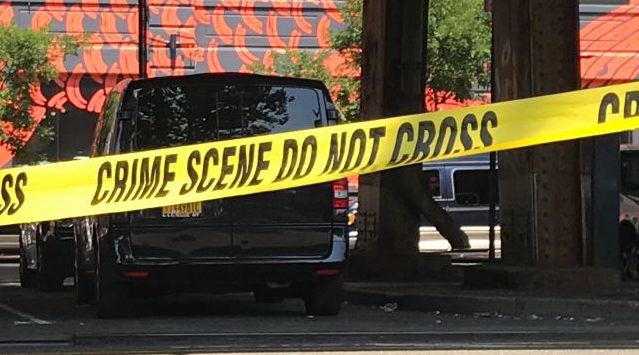How you get to work -- it's a function of where you live, the options available to you and, to some extent, your own personal preferences.

Not least of these considerations is the question of where you work. In fact, the most important factor behind the decision to commute by car or take transit may be the location of your job.
In a recent post on Pedestrian Observations, Alon Levy writes that a centralized employment district is the hallmark of a truly transit-oriented city:
Although it’s a commonplace that New York employment is centralized around Manhattan, in reality most of Manhattan is residential, and employment is concentrated in a few square kilometers in the heart of Midtown. This is where the subway lines converge from all directions – elsewhere there simply isn’t enough capacity. Of course it wasn’t always like this: Manhattan’s population in the 1890s was the same as it is today, and it was clustered toward the southern third of the island, but employment was relatively evenly distributed in the downtown area. What has happened since then is that New York became a transit city.
There’s a strong correlation between the form of a city and the mix of transportation options people use. This extends well beyond density, but the principle is the same. Transit is at its best at high intensity, because this is what supports high-frequency service. Cars are the opposite: even on a normal urban street, a car alone will beat any rapid transit line, but every additional car will slow down the road dramatically, so that at even the moderate intensity of an edge city gridlock ensues.
Although usually this principle is stated in terms of density, it’s equally true for work centralization. The pedestrian city and the bus city will be dense all over, and feature high job density scattered across neighborhoods: walking is too slow for the transit city pattern to emerge, and buses have too little capacity. But dedicated rapid transit wants to serve an area right next to the stations, and once a network is built, a CBD grows around the central area.
Elsewhere on the Network today: A car-free Canadian family tells their story. Bike Delaware explains how complex intersection markings are helping ease the tension between cyclists and drivers. And Systematic Failure explains why American stair channels (for transporting bikes into underground transit stations) haven't lived up to the European models.





